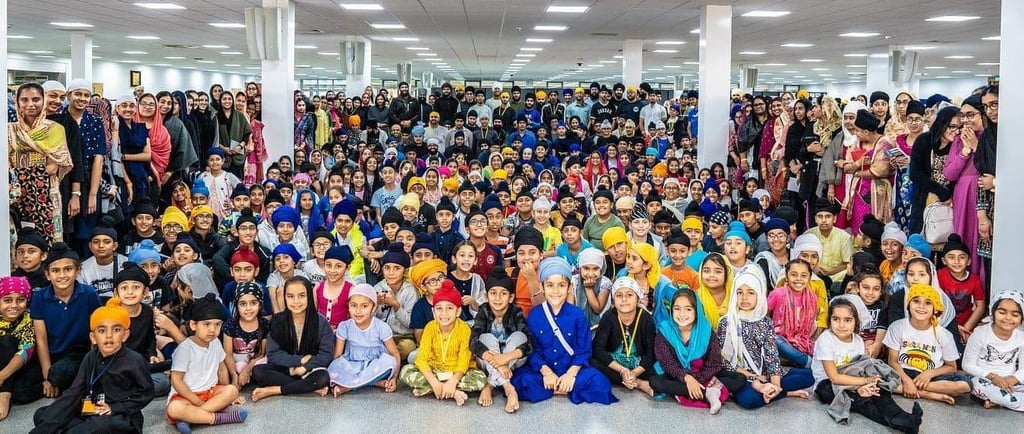Fostering Inclusivity: Respecting Sikh Children in School
In the diverse tapestry of our global society, it is imperative that educational institutions serve as beacons of inclusivity and understanding. Sikh children, with their unique cultural identity, often find themselves at the crossroads of potential conflicts in schools


In the diverse tapestry of our global society, educational institutions must serve as beacons of inclusivity and understanding. Sikh children, with their unique cultural identity, often find themselves at the crossroads of potential conflicts in schools. In this blog post, we explore the importance of treating Sikh children respectfully, shedding light on potential conflicts arising from their distinctive appearance and the festivals they celebrate.
Click here for a downloadable document that can be utilized for any school-related issues for Sikh Children.
If you need any additional support you can contact Harkirat Singh. Please go to www.sikheducationservice.co.uk
1. Understanding Sikh Identity: Sikhi is a vibrant religion with a rich cultural heritage, and Sikhs are easily recognizable by their distinct appearance, often featuring unshorn hair covered by a turban. Educators, students, and parents alike need to foster an understanding of Sikh identity, appreciating the values of equality, compassion, and service that Sikhs uphold.
2. Addressing Appearance Stereotypes: Unfortunately, Sikh children may encounter stereotypes and misconceptions related to their appearance, such as assumptions about their background or beliefs. Educators play a pivotal role in dispelling these stereotypes by promoting open conversations about diversity and encouraging students to ask questions, fostering an environment of curiosity and understanding.
3. Respecting Religious Practices: Sikh children celebrate various festivals and religious observances, including Vaisakhi and Gurpurab. Schools must recognize and respect these practices, allowing Sikh students the space and time to observe their religious traditions without feeling marginalized or pressured to conform to mainstream practices.
4. Promoting Inclusive Curricula: Incorporating Sikh history and culture into the curriculum can be a powerful tool for fostering inclusivity. By teaching all students about the contributions of Sikhi to world history, educators not only empower Sikh children but also create an environment where diversity is celebrated rather than merely tolerated.
5. Creating a Supportive Community: Schools should actively work towards creating a supportive community that encourages empathy and respect among students. This can be achieved through initiatives like cultural awareness programs, guest speakers, and collaboration with local Sikh community organizations to provide a more comprehensive understanding of Sikh culture.
Conclusion: In the mosaic of our multicultural world, schools are crucial arenas for shaping the future generation's values and attitudes. By prioritizing respect and understanding, we can ensure that Sikh children, with their unique cultural identity, thrive in an environment that embraces diversity. Let our educational institutions be the cornerstone of a society where every child feels valued, respected, and free to express their cultural heritage without fear of judgment or misunderstanding.
